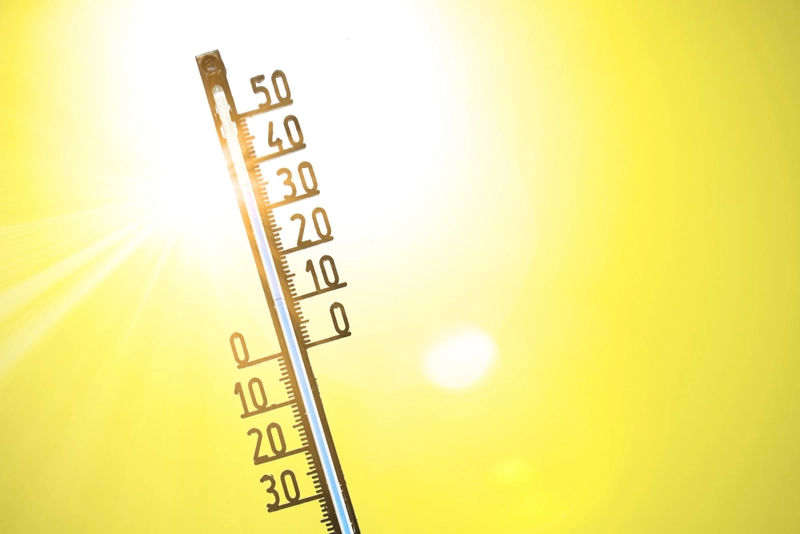- Published on: Mar 13, 2022
- 3 minute read
- By: Second Medic Expert
Moles, Freckles, & Skin Tags Cause, Prevention & Treatment
Moles, Freckles, & Skin Tags cause, prevention & treatment
Moles, freckles, and skin tags are all benign (non-cancerous) growths that can occur on the skin. They are usually harmless and do not need to be treated. However, if you are concerned about any of these growths, you should consult a dermatologist for an evaluation. Moles usually appear as small dark spots on the skin. They can be flat or raised and may change in size or appearance over time. Moles are usually nothing to worry about, but if you notice any changes in a mole (e.g., increasing size, changing color), you should have it checked by a dermatologist.
Moles, freckles, and skin tags are common skin conditions that can occur on any part of the body. While they may be present at birth or develop over time, they are usually harmless. However, if you notice any changes in size, shape, or color, it's important to have them checked by a doctor to rule out any potential problems.
There are several ways to prevent moles, freckles, and skin tags from developing. These include avoiding sun exposure and using sunscreen regularly. If you have a family history of these conditions, you may be more likely to develop them yourself. Treatment is typically not necessary unless they become irritated or cause cosmetic concerns. Moles, freckles, and skin tags are all benign (noncancerous) growths that can occur on the skin. They can be caused by a variety of things, including sun exposure, genetics, and hormones. While they're not dangerous, some people may want to remove them for cosmetic reasons.
There are a few different ways to remove moles, freckles, and skin tags. These include laser surgery, cryotherapy (freezing), and electrosurgery (burning). Some home remedies, such as apple cider vinegar or tea tree oil, are sometimes used to remove these growths; however, there is no scientific evidence to support their efficacy. There are many different types of skin growths, and moles, freckles, and skin tags are just a few of them. While these growths are usually benign, they can sometimes be indicative of more serious health conditions. Therefore, it's important to be familiar with them and know how to treat them if necessary.
Moles are usually brown or black in color and can occur anywhere on the body. They're generally harmless, but if you notice any changes in size, shape, or color, you should have it checked out by a doctor. Moles can sometimes become cancerous, so it's better to be safe than sorry. There are many different types of skin growths, including moles, freckles, and skin tags. While some of these growths may be harmless, others can be indicative of underlying health conditions. It's important to be aware of the different types of skin growths and what they might mean for your health.
Moles are usually dark brown or black and can appear anywhere on the body. They're usually benign, but in rare cases, they can be a sign of skin cancer. If you have a mole that changes in size, shape, or color, it's important to have it checked by a doctor. Moles, freckles, and skin tags are common skin growths that usually don't cause any pain or discomfort. However, they can sometimes be a cosmetic concern for some people.
There are a few things you can do to prevent moles, freckles, and skin tags from developing:
-Avoid excessive sun exposure. Use sunscreen with an SPF of 30 or higher when you're outdoors, and wear protective clothing if you'll be in the sun for an extended period of time.
-Don't smoke. Smoking increases your risk of developing skin growths like moles, freckles, and skin tags.
-Eat a healthy diet. A diet rich in antioxidants may help to
Moles, freckles, and skin tags are all common benign (noncancerous) growths that can occur on the skin. They are usually harmless and do not need to be treated. However, if you are concerned about the appearance of any of these growths, or if they become irritated or bleed, you should see a dermatologist for evaluation.
Moles typically appear as small, dark brown spots on the skin. They can be flat or raised and may change in size or color over time. Freckles are small brown spots that typically appear on sun-exposed areas of the skin, such as the face. Moles, freckles, and skin tags are all common skin growths that can occur for a variety of reasons. While they may be harmless, some people may choose to have them removed for aesthetic reasons. There are a number of ways to remove moles, freckles, and skin tags. These include home remedies like apple cider vinegar or tea tree oil, over-the-counter treatments, and professional procedures like laser removal or cryotherapy. It’s important to consult with a dermatologist to determine the best method for you.
Prevention is often the best approach when it comes to these types of growth. You can reduce your risk by limiting your exposure to the sun. Moles, freckles, and skin tags are all common growths that can occur on the skin. These growths are usually harmless, but they can sometimes be a sign of a more serious condition. If you have any concerns about these growths, please consult with a dermatologist or other medical professional.
Moles occur when melanocytes (pigment cells) grow in clusters. They may be brown, black, or flesh-colored. Moles can appear anywhere on the body, but they are mostly found on the face, neck, chest, and back. Most moles are benign (non-cancerous), but it is important to have any new or changing moles checked by a doctor.









